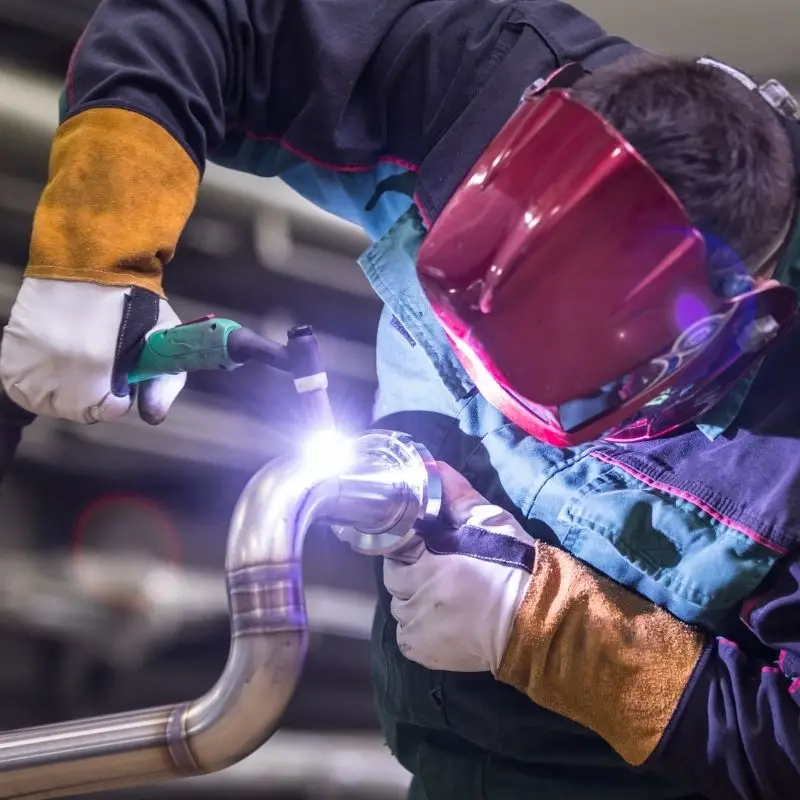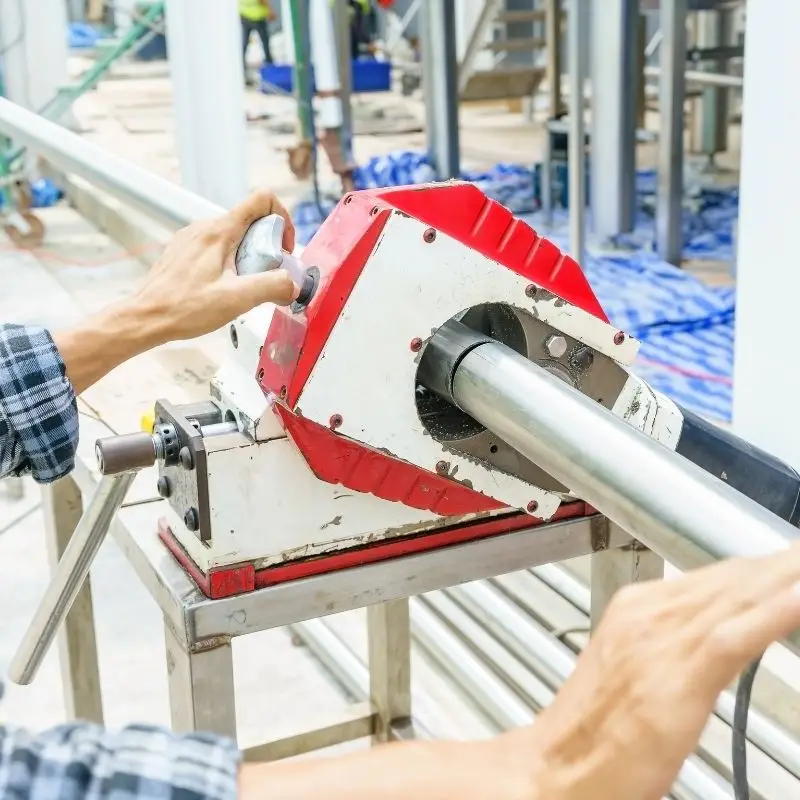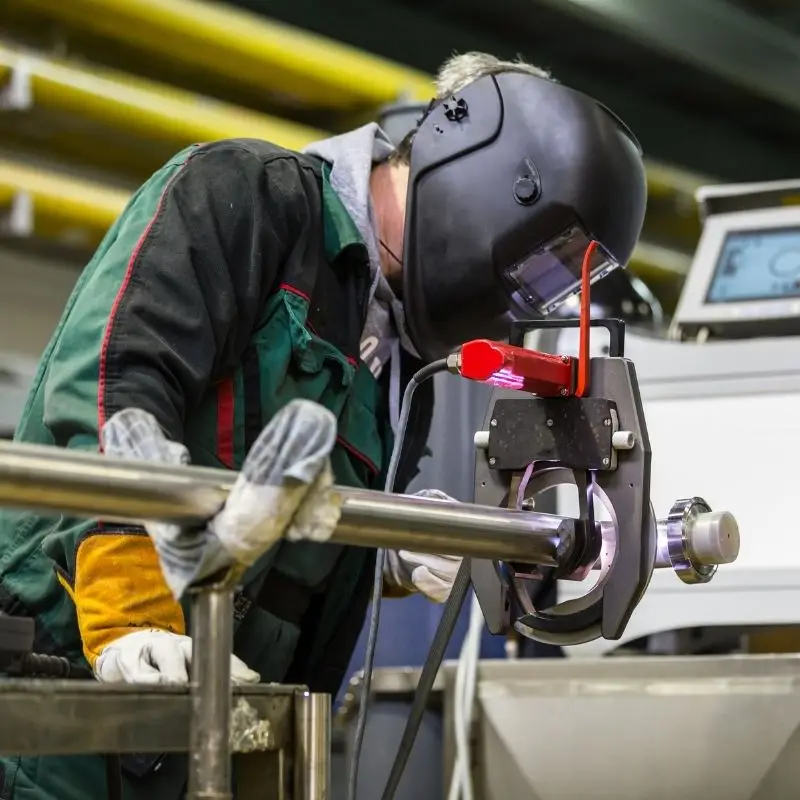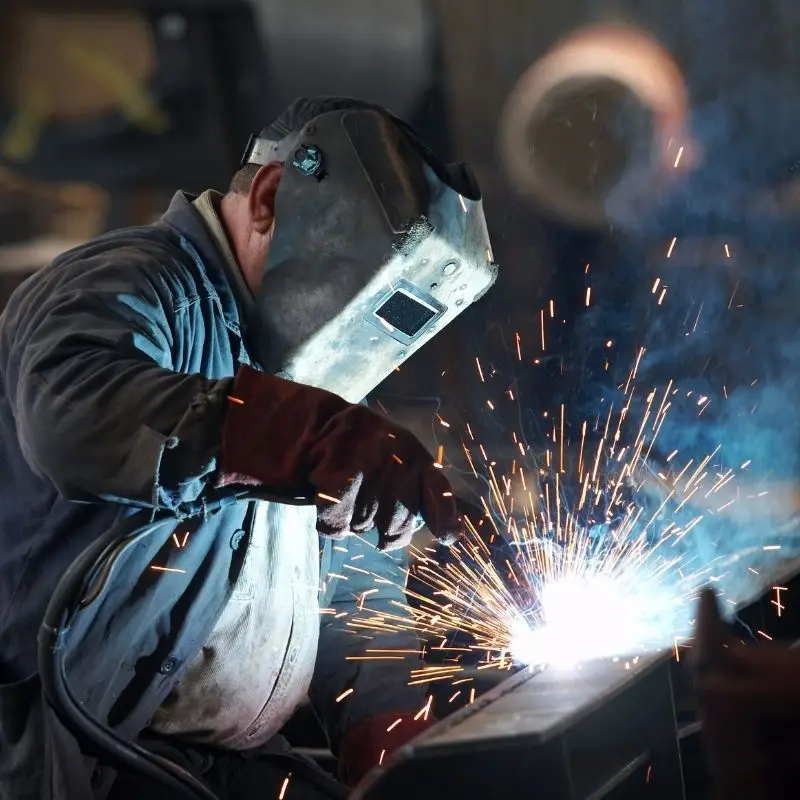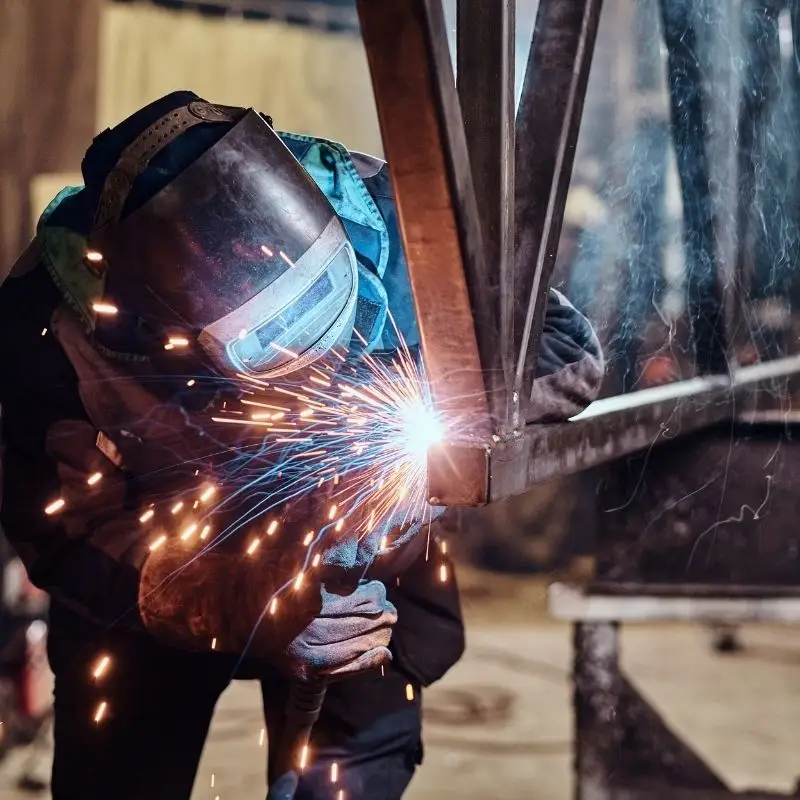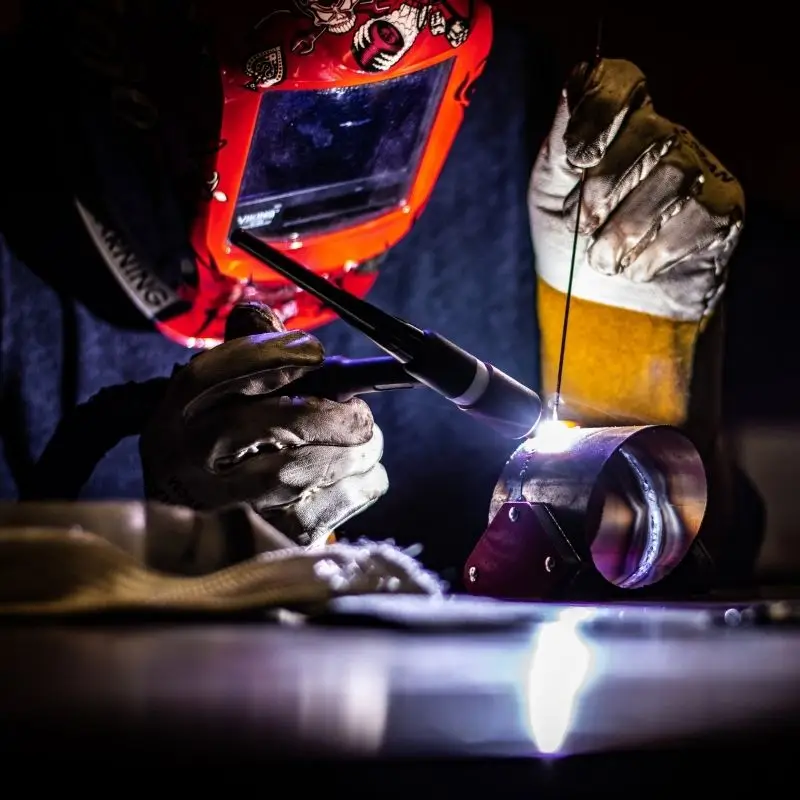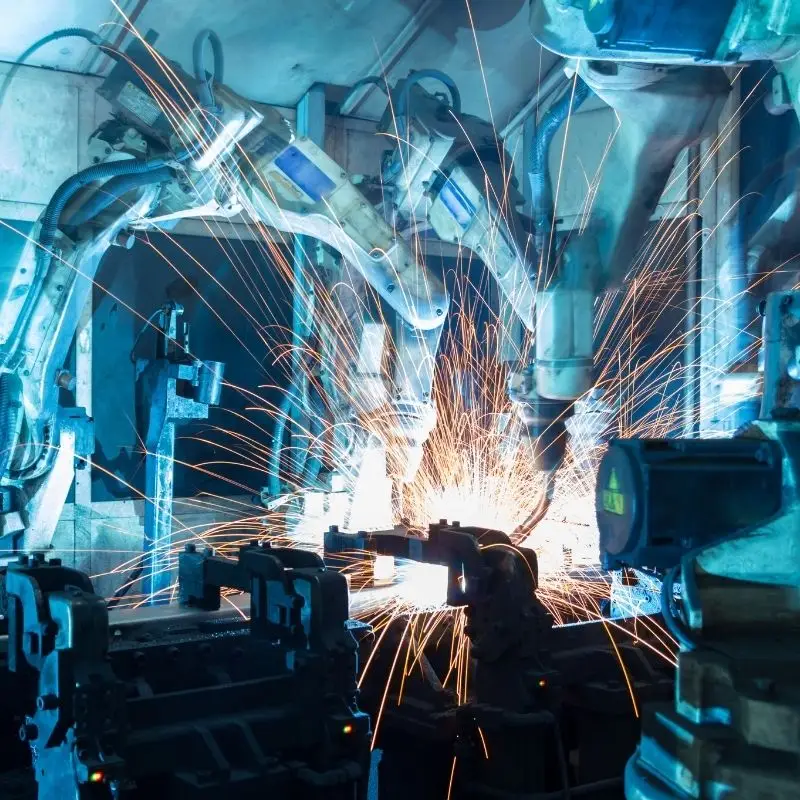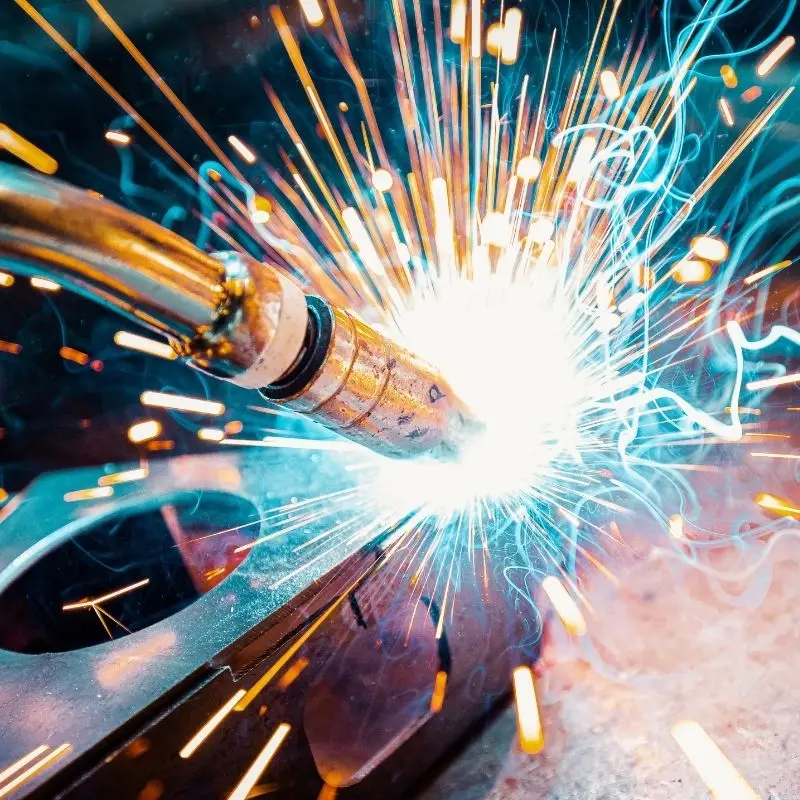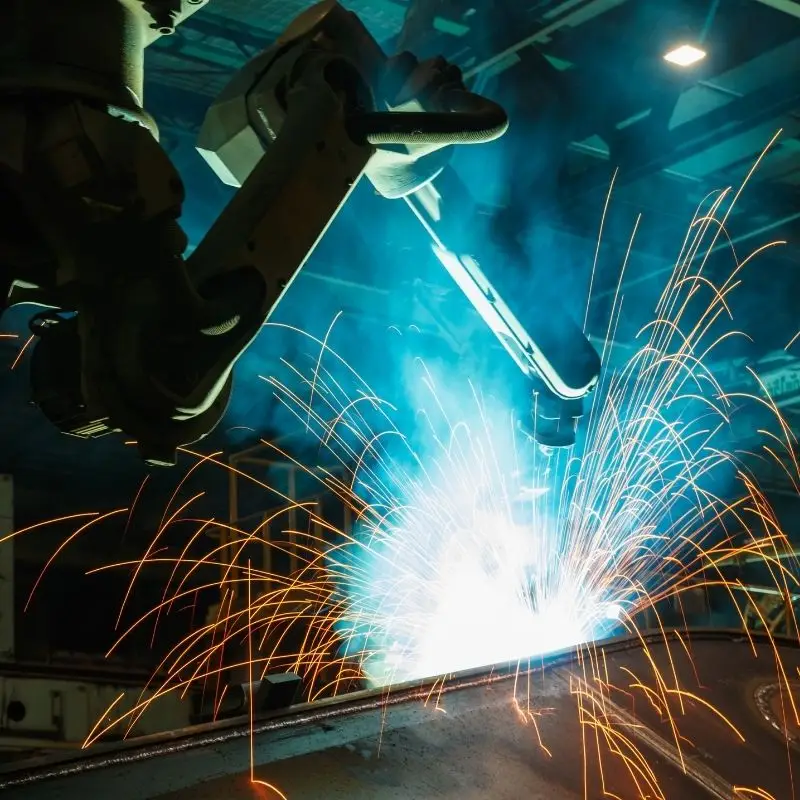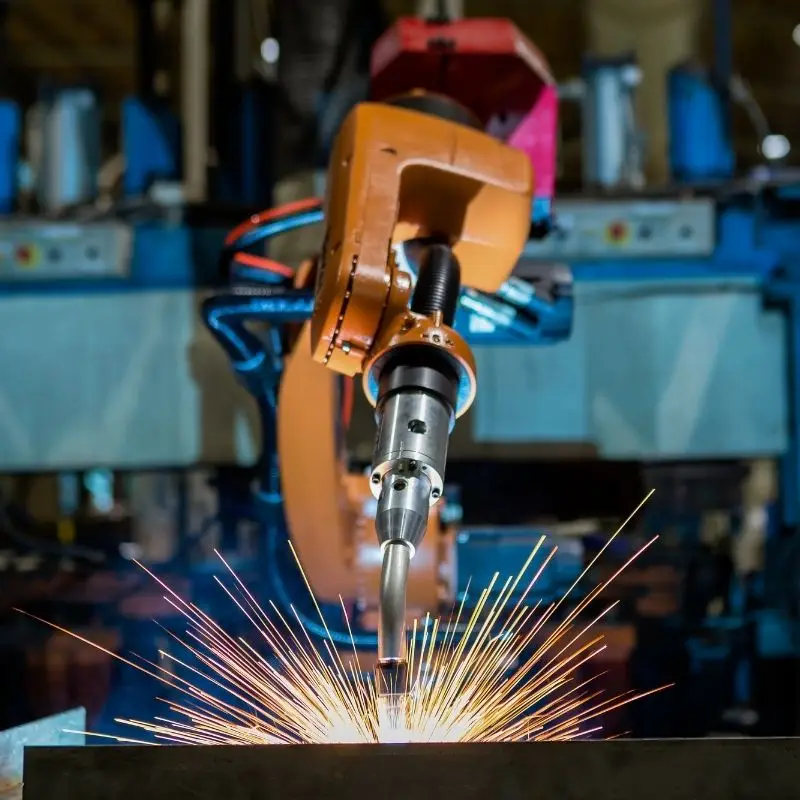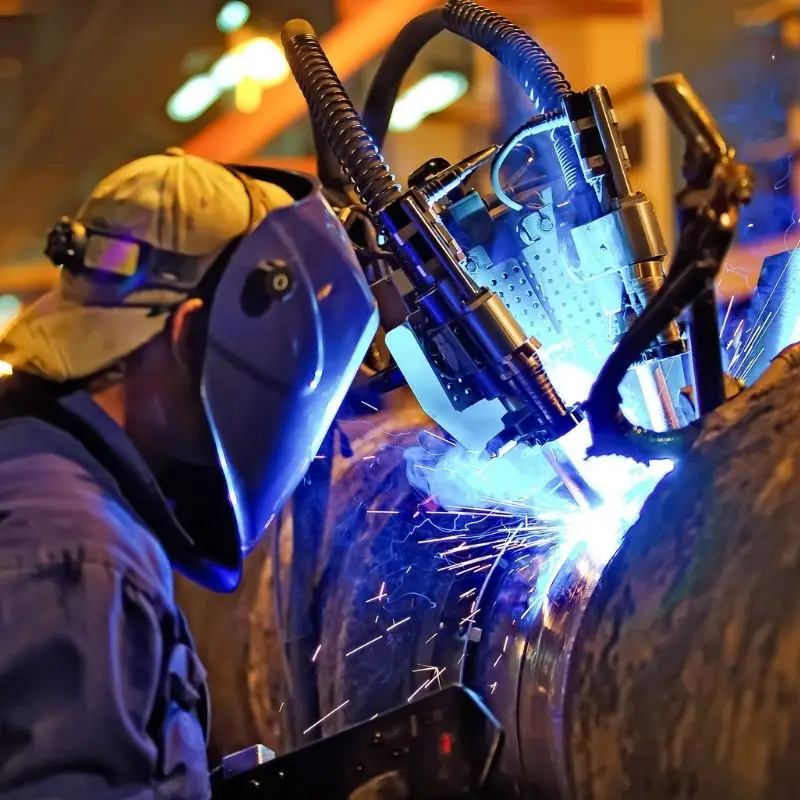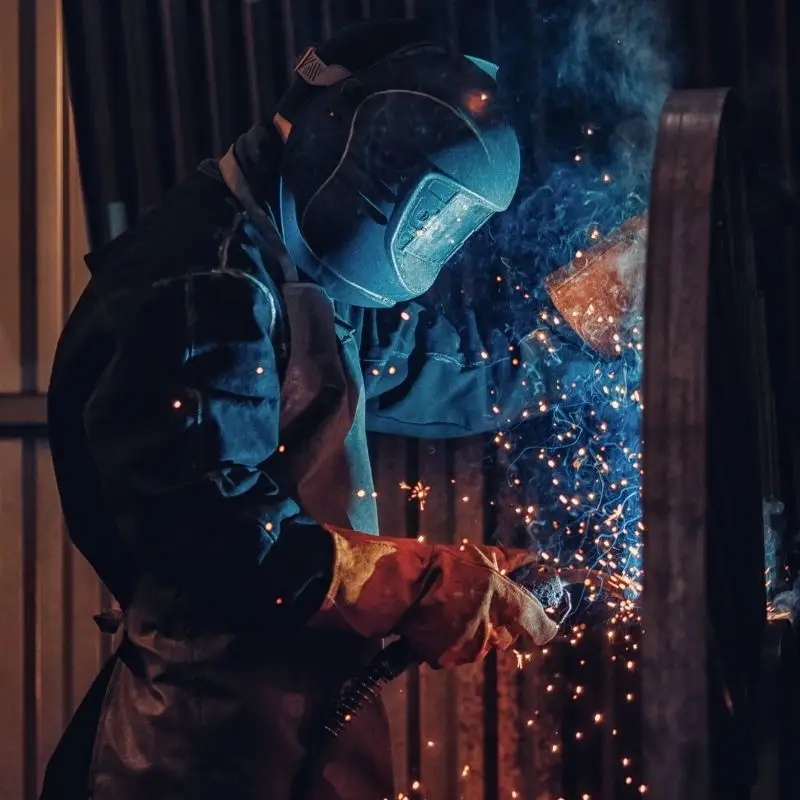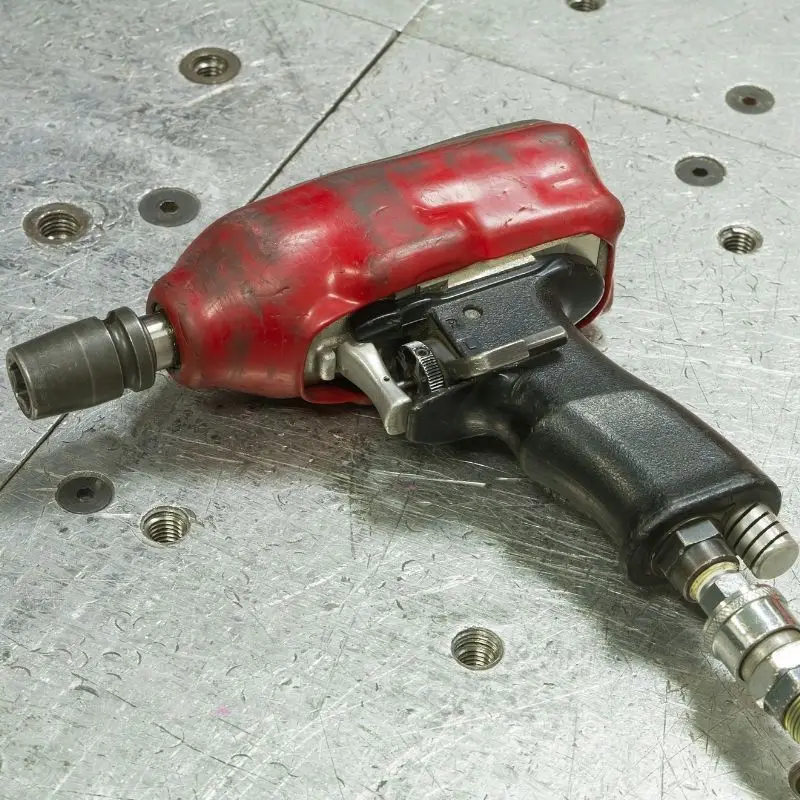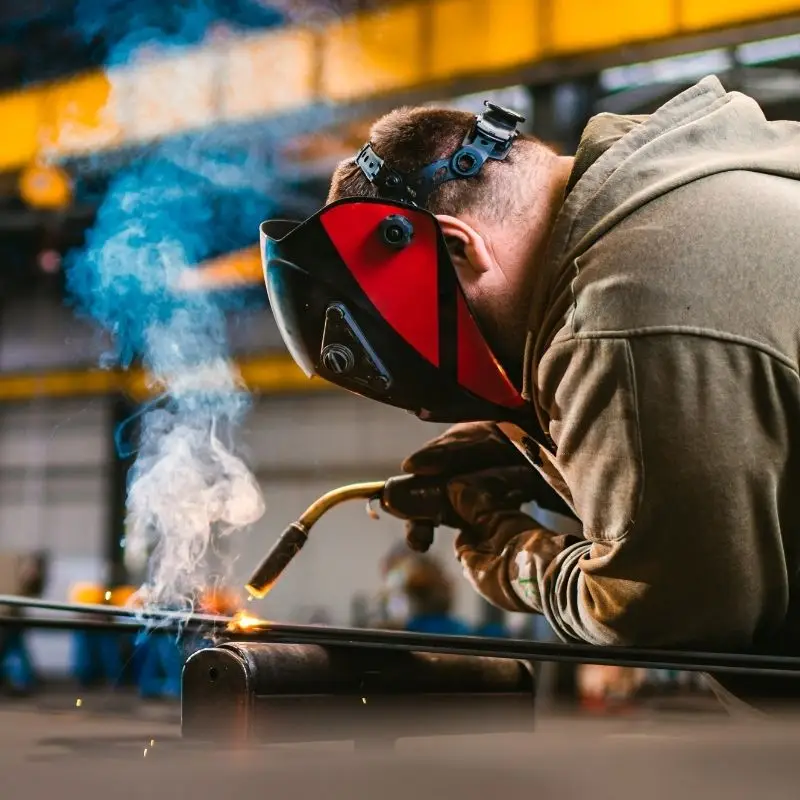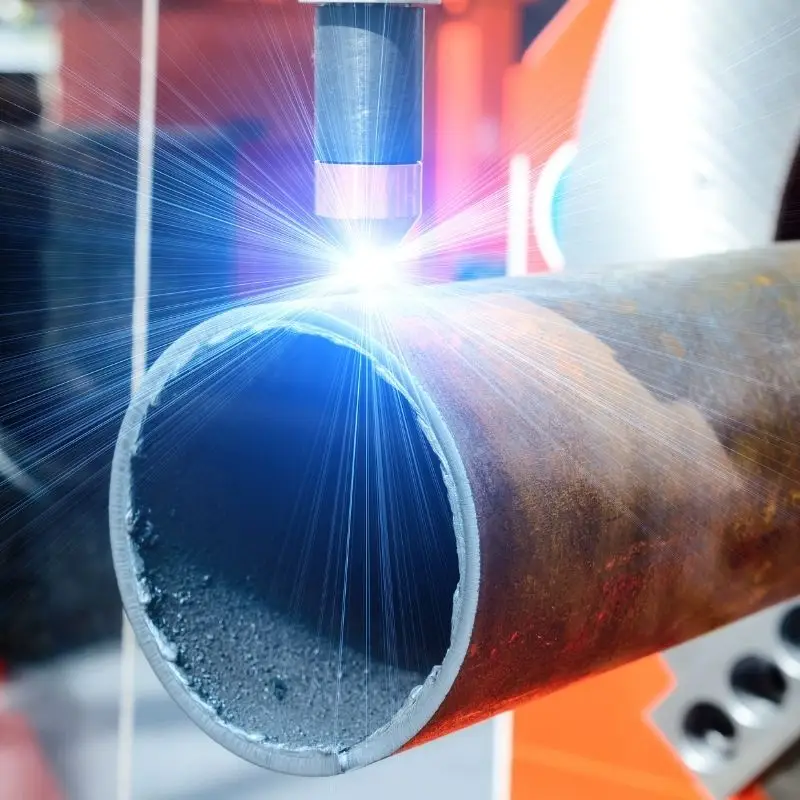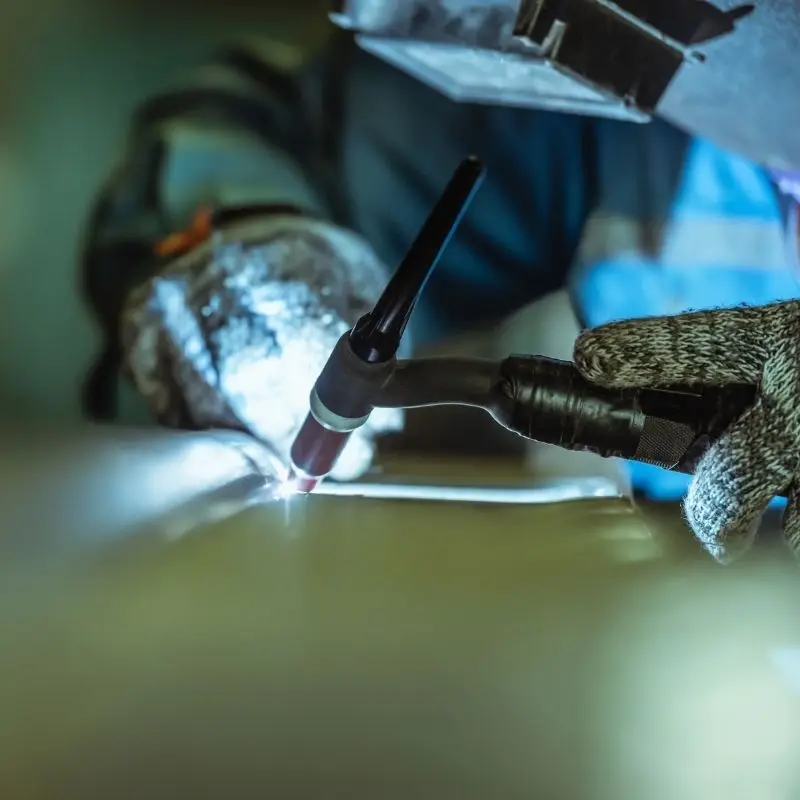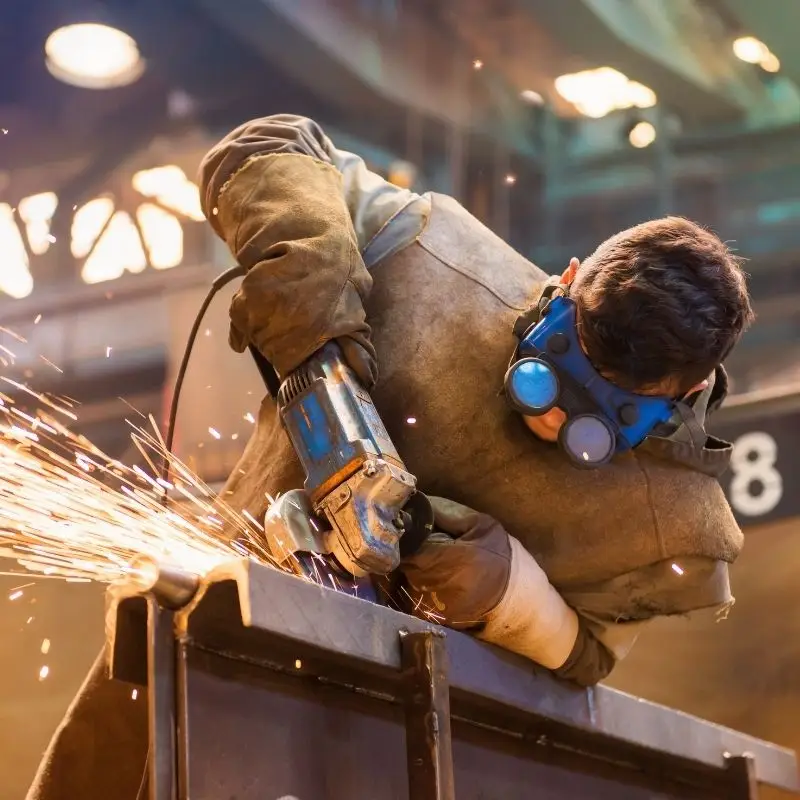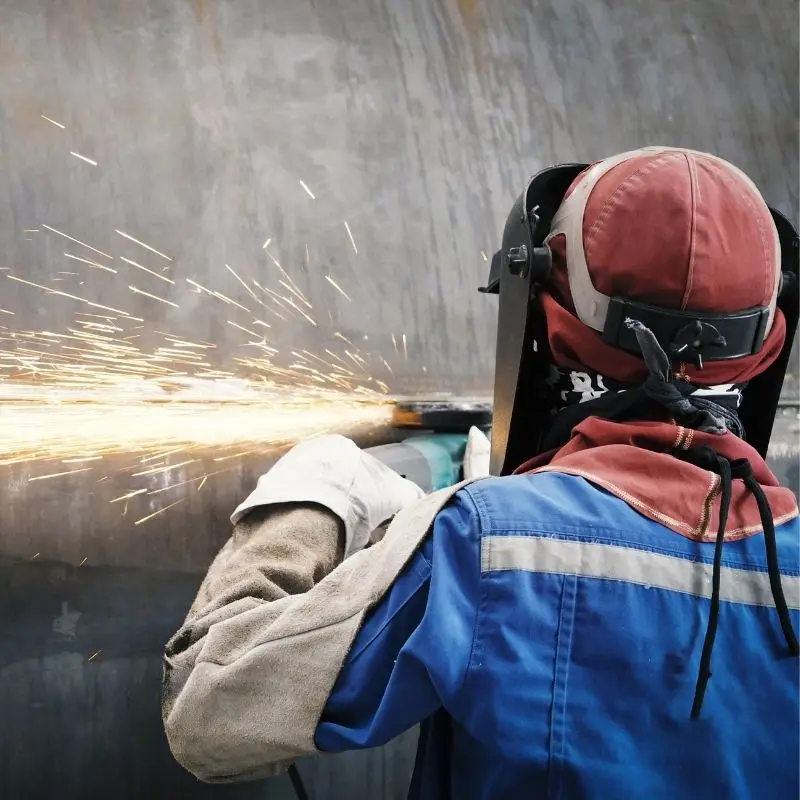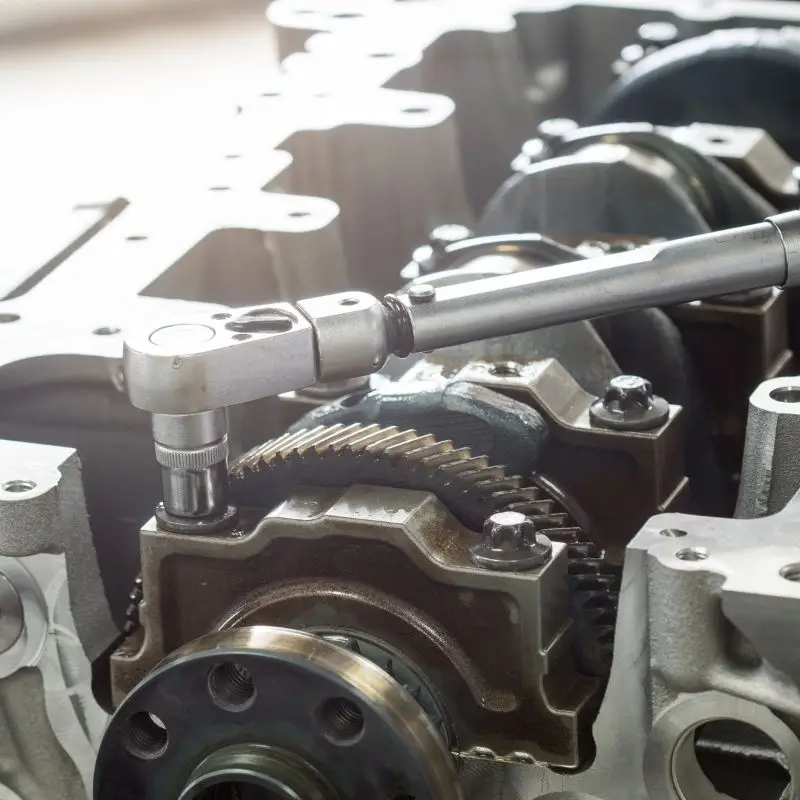Industry Insights
Updates & Ideas From Our Team of Experts
Recent Articles
3 Tips for Welding Stainless Steel Tubes & Pipes
Welding stainless steel can be challenging for many welders. Knowing these three tips for welding stainless steel tubes and pipe helps prevent corrosion and guarantees increased production while maintaining quality. Keep Your Materials Clean Considering stainless steel is temperature-sensitive, joint...
NASA & the Hypersonic History of Orbital Welding
When we look at technology and architecture, we rarely think about the construction process behind them. Mastering and building such things are a great skills, especially when considering the amount of welding necessary. Learning about NASA and the hypersonic history...
Welding 101: What Is Tungsten Inert Gas Welding
Tungsten inert gas, otherwise referred to as TIG or gas tungsten arc welding (GTAW), is a form of welding to create and secure vital pieces of equipment in several industries. A non-consumable tungsten electrode is used for TIG welding. TIG...
5 Essential Pieces of PPE That Every Welder Needs
We have heard the adage, “Better to be safe than sorry,” for as long as we can remember. When operating a torch to weld metal together, you must prioritize safety first and foremost. Using these five essential pieces of PPE...
The Ultimate Guide to a Career in Welding
It’s always a good feeling to have the qualifications to get you any job you want. With welding, you can gain experience, earn your certifications, and create a bidding war for your service. Follow the ultimate guide to a career...
5 Basic TIG Welding Tips for Rookie Welders
No matter the field, everyone has some apprehension about the first few days on the job. As a welder, you aren’t expected to master the craft within your first week. Although, using these five basic TIG welding tips for rookie...
The 4 Most Common Weld Defects and Their Causes
You want to know that the products you use, like cars and elevators, are safe and will not fail. These work because they were built well and did not have weld defects. Here are the four most common weld defects...
The Top 5 Skills That Every Welder Needs
Becoming a welder takes a lot of talent, skill, and determination. However, it is unlikely to get a job as a welder without mastering the necessary techniques. A welder’s profession necessitates a thorough understanding of architectural plans and other core competencies. Welders...
How Welding Automation Is Bridging the Skills Gap
The main goal of any business is continual improvement and success. Increasing productivity efforts is the quickest way to accomplish both, considering you make more money based on your produce. For this reason, automation has taken over in many industries,...
5 Tips for Extending the Life of Your Welding System
No matter what you invest your money in, you want to get the best return imaginable. When you buy a car, it’s best to make all the necessary recommendations to make it last a decade-plus. That same strategy applies to...
The Top Benefits of Pipe Welding Automation
Technological innovations are changing multiple industries every day. The welding field is one such industry that is improving based on scientific advancements. Automation is significantly improving the welding process because of its preciseness. Here are the top benefits of pipe...
3 Key Ways Automated Welding Saves You Time
The trend of companies utilizing automation isn’t going away anytime soon. For welding, automated tools help get the desired results without wasting precious time. Here are three key ways automated welding saves you time. More Productive and Flexible Automated welding...
3 Essential Tips for Welding in Extremely Hot Weather
Working in warmer weather certainly has its benefits. However, it can be dangerous if you don’t take the proper precautions, especially if you are a welder. Follow these three essential tips for welding in extremely hot weather to stay safe....
Differences Between Pneumatic & Hydraulic Torque Wrenches
A good craftsman never blames their tools—but doing so is easy when you work with a manual torque wrench. Workers have two available options for their wrenching needs. This article covers the differences between pneumatic and hydraulic torque wrenches. Precision...
Compelling Reasons Why You Should Become a Welder
Finding your career path might be a long, winding road that leads to more questions than answers. However, becoming a welder is a great choice; it’s a rapidly expanding sector that is showing no signs of slowing down any time...
Top Benefits of a 3D Pipe Cutting Machine
Speed and accuracy are two of the most fundamental principles for a job well done. Pipe cutting is a task that’s challenging for many, especially with all the minor errors that may occur. An excellent way to circumvent common cutting...
The Best Equipment for Welding Thin Material
Becoming a welding expert takes a lot of time and experience. You’ll learn about the best methods, techniques, and equipment through trial and error. Before delving deep into what the best equipment for welding thin material is, it’s vital that...
Welding Safety Tips To Keep Your Workplace Safe
Any profession that has hazards involved in the day-to-day routine requires you to follow specific safety protocols—and welding is no exception. Here are some welding safety tips to keep your workplace safe, so everyone goes home in one piece. Get...
4 Must-Know Safety Tips for Using Beveling Tools
Never give safety a day off, mainly if you work with industrial equipment. Working with beveling tools is no different, so follow these four must-know safety tips for using beveling tools. Have Safety Protocols Having rules and regulations are critical...
Hydraulic Torque Wrench Use in Industrial Bolting
Tightening and loosening a specific bolt or nut can be highly demanding when dealing with fasteners. Workers can use a standard torque wrench to do the job, but why work harder when you can work smarter? Let’s learn the reasons...
Recent Posts
- What 2025 Revealed About Automated Welding
- How to Future-Proof Your Facility With the Latest in Automated Welding Technology
- Top 5 Maintenance Considerations for Automated Welding Equipment in 2026
- Automated Welding Systems: How to Choose the Right Setup for Your Pipe Fabrication Line
- How an Automated Pipe Welding Machine Boosts Shop Throughput
